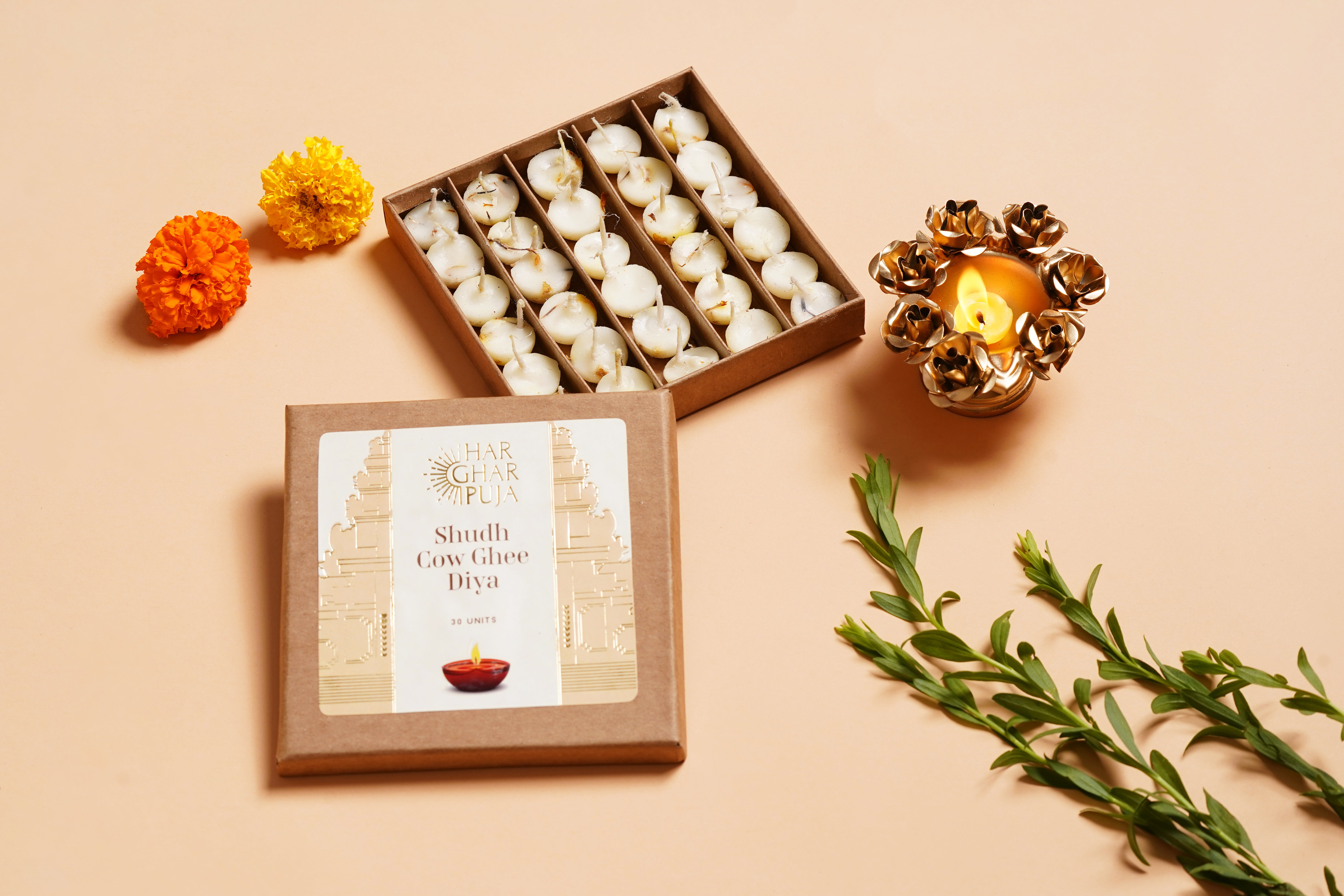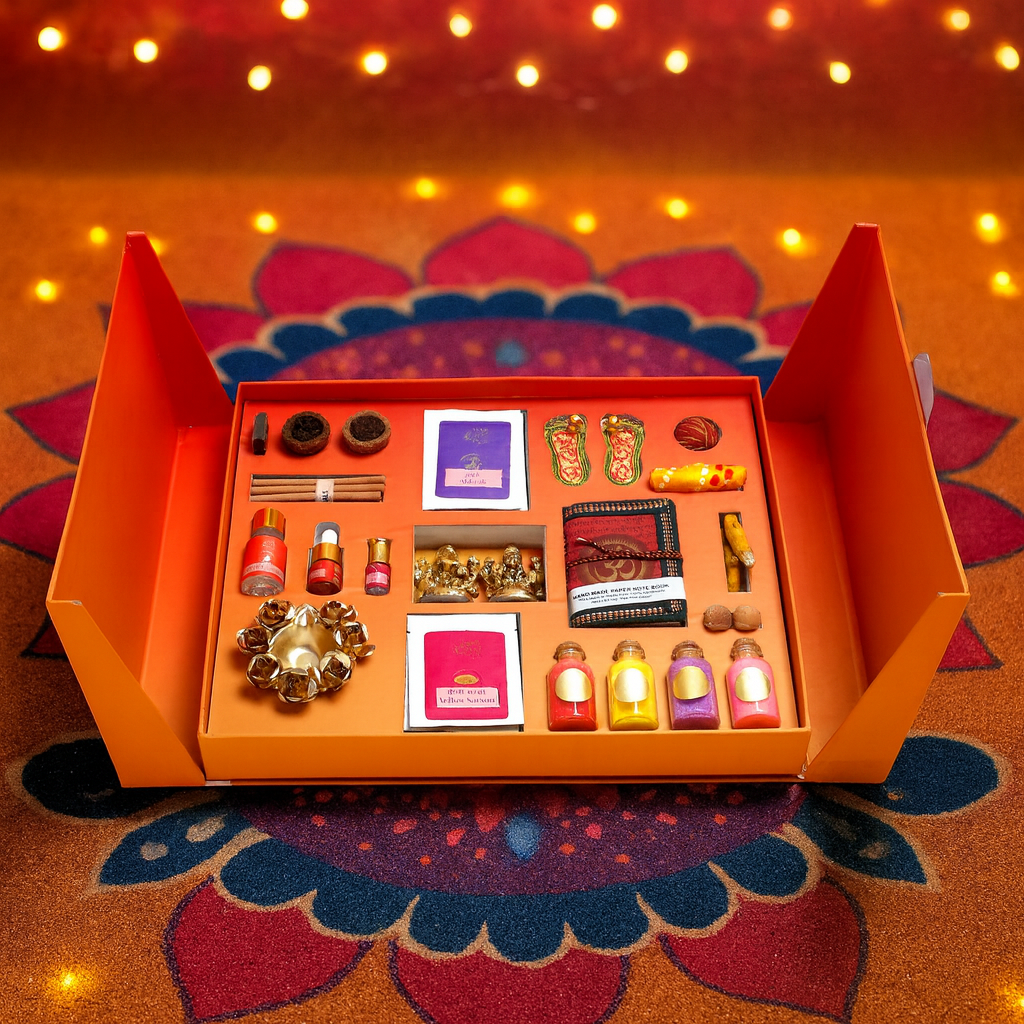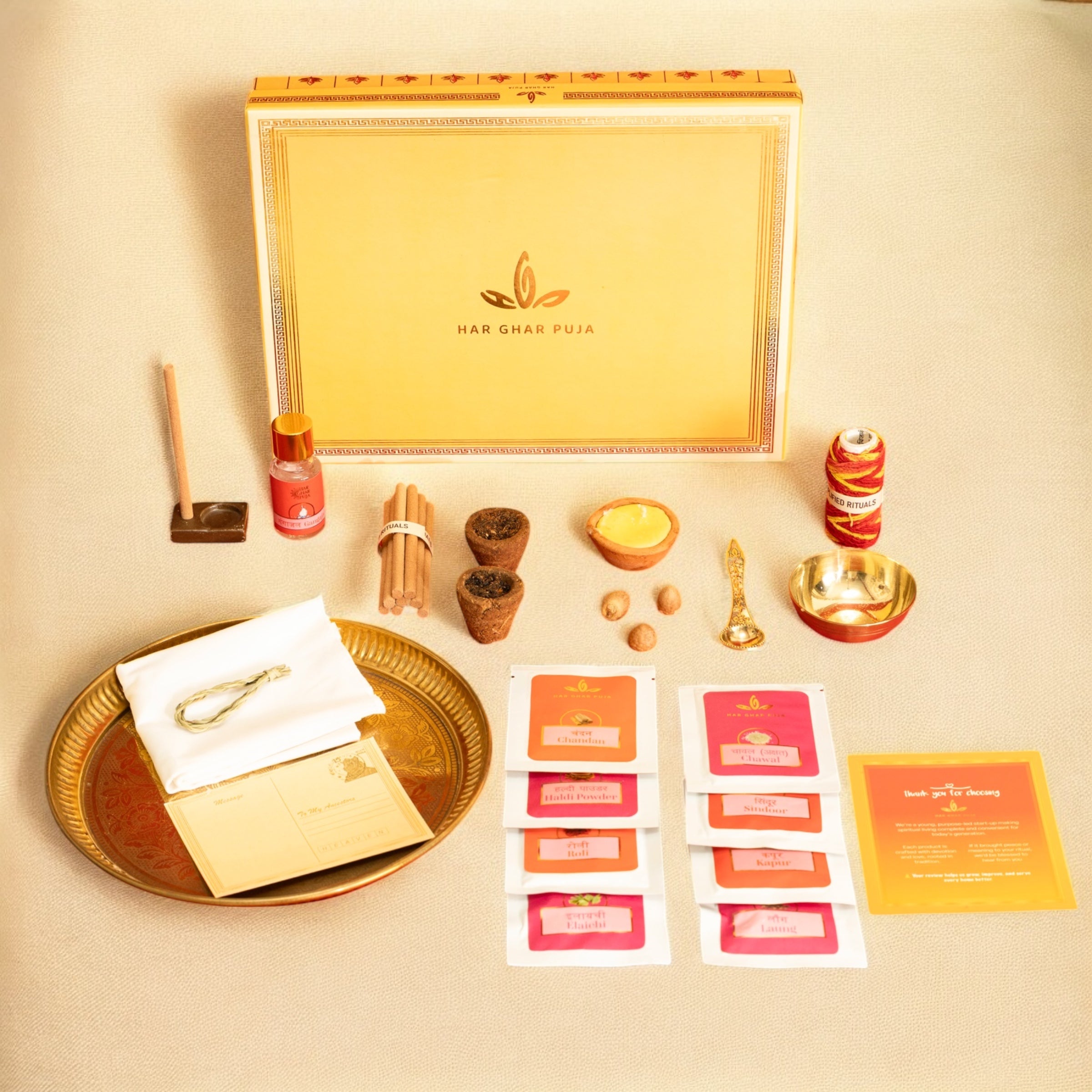Radha Ashtami, a widely celebrated Hindu festival, marks the birth of Goddess Radha, the eternal consort of Lord Krishna. Occurring on the eighth day (Ashtami) of the Shukla Paksha in the month of Bhadrapada (August-September), this festival holds special significance in regions connected to Krishna’s life, such as Vrindavan and Barsana. While Janmashtami, Krishna’s birthday, garners widespread attention, Radha Ashtami has its own devoted followers and customs, particularly among those who recognize Radha as the epitome of pure, selfless devotion and divine love.
Background of Radha Ashtami
Radha, considered an incarnation of Goddess Lakshmi, was born in the village of Barsana to Vrishabhanu and Kirti. According to Hindu scriptures, she did not have a conventional birth and appeared as a divine infant on a lotus. Despite being Krishna’s eternal lover, their love transcends human romance, symbolizing the spiritual relationship between the soul (Radha) and the Supreme (Krishna). Radha is the embodiment of devotion (Bhakti) and plays a crucial role in Krishna’s life, signifying the importance of love and devotion in achieving union with the divine.
Celebrating Radha Ashtami: Traditions and Rituals

Radha Ashtami is celebrated with immense devotion and celebration, especially in the Braj region of India, which includes Vrindavan, Barsana, and Mathura. The celebrations involve several rituals, customs, and community gatherings that reflect the deep spiritual significance of Radha and her divine love for Krishna.
1. Fasting and Worship
One of the core customs observed during Radha Ashtami is fasting. Many devotees undertake a day-long fast to honor Radha’s birth and seek her blessings. The fast is typically broken after the evening rituals and offerings. Some devotees opt for a strict fast, consuming only fruits and milk, while others may observe a partial fast by refraining from grains and pulses.
The fasting is seen as a way of purifying the body and mind, aligning oneself with Radha’s selfless love and devotion. By abstaining from food and worldly distractions, devotees aim to cultivate a sense of inner devotion, similar to the love that Radha displayed toward Krishna.
2. Abhishek (Ceremonial Bathing of Deities)
A significant ritual performed on Radha Ashtami is the Abhishek, or ceremonial bathing of Radha-Krishna idols. In temples and homes, idols of Radha and Krishna are bathed with a mixture of milk, honey, ghee, curd, and holy water. The Abhishek is followed by adorning the deities with beautiful garments, jewelry, and fragrant flowers. The idea behind this ritual is to invoke the purity and divinity of Radha and Krishna, as bathing the deities is considered to cleanse and purify both the idols and the devotees’ hearts.
In Barsana, where Radha was believed to have been born, the Shri Radha Rani Temple is a focal point of Radha Ashtami celebrations. Devotees flock to the temple, offering prayers, flowers, and fruits, seeking Radha’s blessings for peace, happiness, and spiritual progress.
3. Special Offerings and Bhog
On Radha Ashtami, a special bhog (offering) is prepared for the deities. This includes a variety of sweets, fruits, and other delicacies, offered to Radha and Krishna in the morning and evening rituals. The offerings are made with great love and devotion, symbolizing the love Radha had for Krishna. Common dishes prepared during this festival include makhan-mishri (butter and sugar), peda, and laddoo, as these are considered favorite foods of Krishna.
Once the offerings are made, the prasadam (sanctified food) is distributed to devotees, symbolizing the blessings of the deities. Sharing prasadam fosters a sense of community and spiritual connection among the devotees.
4. Chanting and Bhajans
Music and devotion go hand-in-hand in Radha Ashtami celebrations. Throughout the day, devotees gather in temples and homes to chant Radha’s name and sing bhajans (devotional songs) glorifying Radha and Krishna. These devotional songs recount the divine love story of Radha and Krishna and their playful pastimes (leelas) in Vrindavan.
One of the most commonly recited chants during Radha Ashtami is the “Radhe Radhe” mantra, which is believed to bring peace and invoke Radha’s blessings. Temples such as the Banke Bihari Temple in Vrindavan resonate with bhajans, creating an atmosphere of deep spiritual connection. Devotees believe that through singing and chanting, they can immerse themselves in the love of Radha and Krishna and experience a sense of divine joy.
5. Radha Ashtami Katha
Storytelling, or katha, is a central part of Radha Ashtami celebrations. The life story of Radha, her relationship with Krishna, and their divine pastimes are narrated by priests or spiritual leaders in temples. Listening to the Radha Ashtami Katha is considered highly auspicious, as it helps devotees understand the deeper significance of Radha’s love for Krishna and her role as the personification of devotion.
The katha often includes narratives from the Bhagavata Purana, which describes the spiritual connection between Radha and Krishna, as well as Radha’s qualities of compassion, selflessness, and unwavering faith. The katha serves to inspire devotees to cultivate similar devotion and love for the divine in their own lives.
6. Decorating Temples and Homes

In Vrindavan and Barsana, temples dedicated to Radha and Krishna are beautifully decorated with flowers, garlands, and lights for Radha Ashtami. Homes are similarly adorned with rangolis (decorative designs made with colored powders) and flowers. The temples often organize processions in which idols of Radha and Krishna are carried on palanquins, accompanied by music, dancing, and chanting of holy names.
The decorations symbolize the joy and reverence associated with Radha’s birth and serve as a reminder of her beauty, grace, and devotion. In many places, especially in Barsana, cultural events such as Ras Leela performances (dance dramas depicting the divine love of Radha and Krishna) are also organized to entertain and spiritually engage the devotees.
7. Holy Bathing in Rivers
In some regions, devotees also take a holy dip in rivers or sacred ponds on Radha Ashtami. Bathing in the Yamuna River in Vrindavan is especially popular, as it is believed to cleanse the soul of sins and bring divine blessings. The act of taking a dip in sacred waters is symbolic of purifying oneself, both physically and spiritually, in preparation for the worship of Radha and Krishna.
Spiritual Significance of Radha Ashtami Rituals
The rituals and customs associated with Radha Ashtami reflect the deep spiritual essence of Radha’s relationship with Krishna. Radha’s love for Krishna is not merely romantic but is symbolic of the soul’s yearning for union with the divine. The rituals emphasize devotion, selflessness, and the transcendence of material desires, all of which are integral to the Bhakti tradition in Hinduism.
The fasts, prayers, and offerings made on Radha Ashtami help devotees cultivate the qualities of humility, patience, and unconditional love, which Radha exemplifies. The festival is not just about external celebrations but also about internal reflection and spiritual growth.







